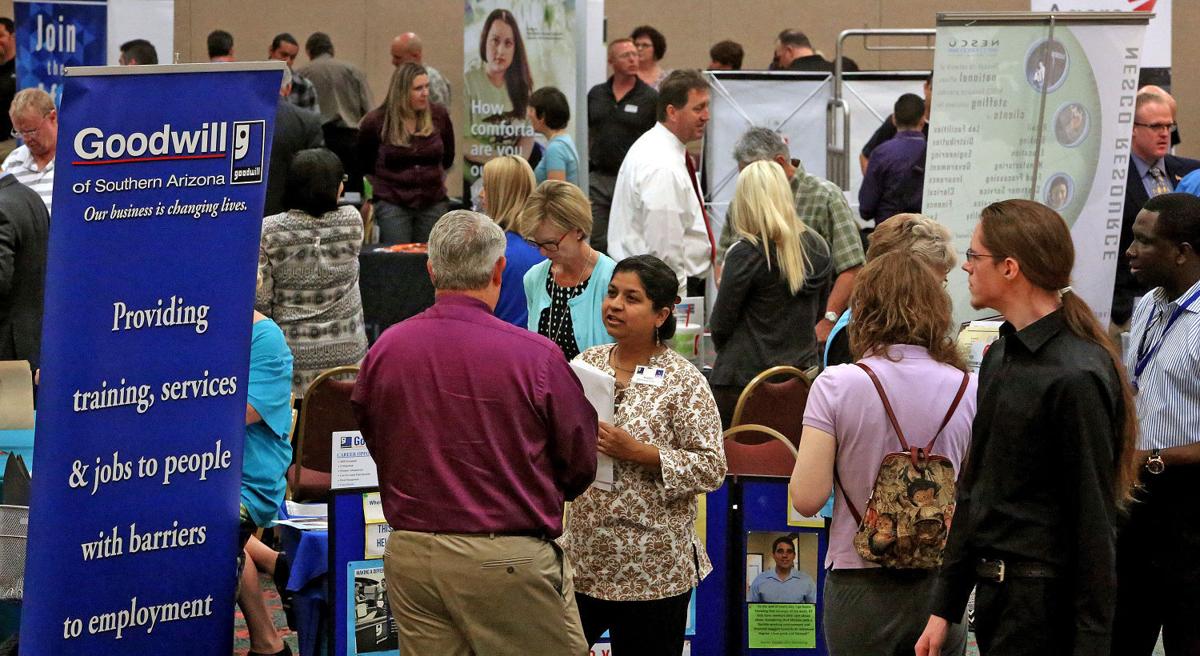PHOENIX — It certainly isn’t the boom times of the last decade.
But a new report from the U.S. Census Bureau showed the state’s population grew by more than 1.4 percent in the past year. And while that’s less than half the rate at which Arizona was growing a decade ago when it led the country, it is still good enough to rank Arizona as No. 9 nationally.
The federal agency estimates there were 6,828,065 people living in the state as of July 1, 2015. That compares with 6,728,783 a year earlier.
A new report by the state’s Office of Employment and Population Statistics has come up with a similar 1.4 percent year-over-year growth rate.
But the state uses different indicators and generally comes up with estimates between the official decennial counts that are somewhat lower than the federal agency. That remains true for the newest numbers, with the state putting the July 1 number at 6,758,251.
Part of the latest increase is being driven by natural growth: 87,385 babies born against 53,233 deaths.
That, however, amounts to just a third of the total. What’s really driving the population growth in Arizona is that, even with the economy still in the doldrums, people are still moving here from elsewhere.
The agency figures Arizona gained 45,934 new residents from other states. And Arizona is now home to 17,344 new residents from other countries even with the national economy still in the doldrums — and even with laws requiring Arizona employers to check the legal presence of their workers, a 2010 statute that led to a sharp dropoff in international migration to the state.
Still, that’s inflow is still far below historical averages for the state. And that does not surprise economist Tom Rex of the W.P. Carey School of Business at Arizona State University.
“Most of the population growth, at least in the short term, is dependent on employment growth,” he said. And Rex termed the addition of new jobs here only “moderate,” especially as compared with pre-recession times.
“If you can’t create jobs, you can’t have too many people moving here,” he said.
He figures that much of that migration Arizona is still recording is not so much job seekers but retirees.
“There’s an awful lot of baby boomers retiring now, and will be for the next number of years,” he said.
“It’s not dependent on finding a job locally here,” Rex continued. And he said housing is a lot cheaper now than it was in 2000.
“So that’s making it easier for people to move here,” he said. And Rex said the improving national economy means people living elsewhere are no longer effectively trapped in their homes because they owe more on their mortgage than the property is worth.
In an analysis of the population numbers Tuesday, Election Data Services, a political consulting firm, figures six states, including Arizona, stand to gain additional seats in the U.S. House of Representatives after the 2020 Census. That would give Arizona 10 electoral districts as well as 12 electoral votes in future presidential races.
Leading the pack in growth is Eloy, which posted a 7.6 percent increase. But much of what happens in that community can be linked to prison population.
Queen Creek, with its 7 percent growth, has no such caveats, followed by Goodyear at 4.1 percent and Buckeye at 4 percent.
Maricopa posted a 3.6 percent increase, twice as fast as Casa Grande, suggesting the bedroom community could soon become the largest city in the county.
In Pima County, Marana took the lead, growing by 3.3 percent, trailed slightly by Oro Valley. By contrast, Tucson added just 509 residents in the entire year.





